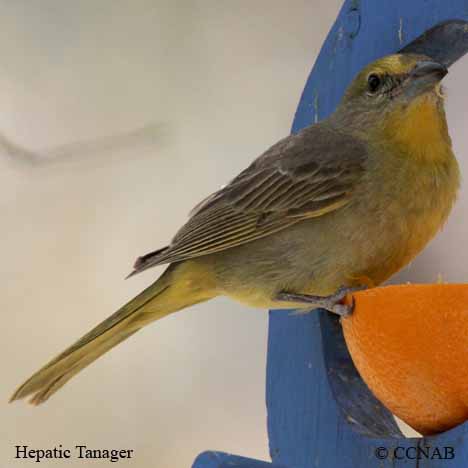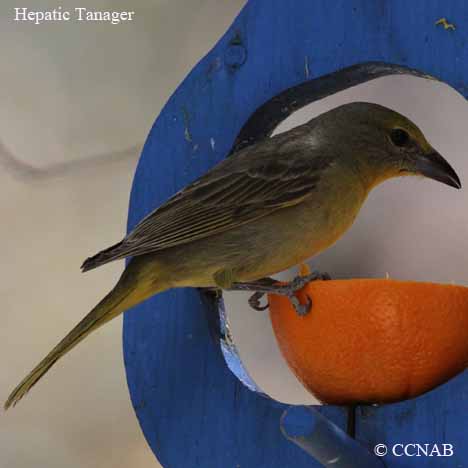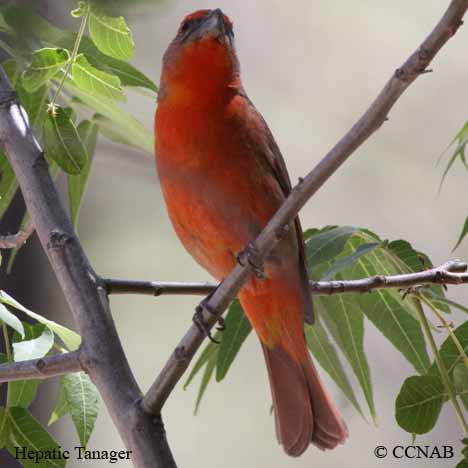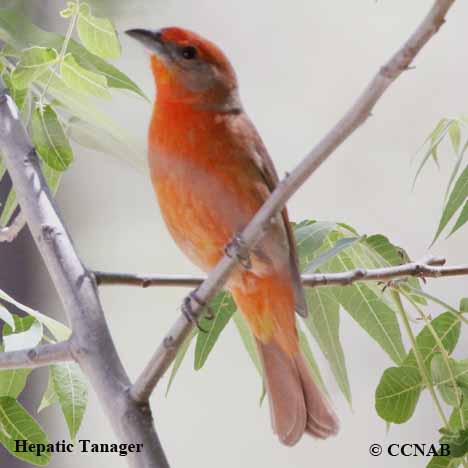North American Bird Search Box
This search box can be used to find bird species using bird's english, french or latin name, or to identify bird by its 4 letter Alpha Code
Field Guide for all the Birds of North America
Hepatic Tanager
4 Letter (english names) Alpha Code: HETA (2)
Piranga orangé
Piranga flava
Information, images and range maps on over 1,000 birds of North America, including sub-species, vagrants, introduced birds and possibilities
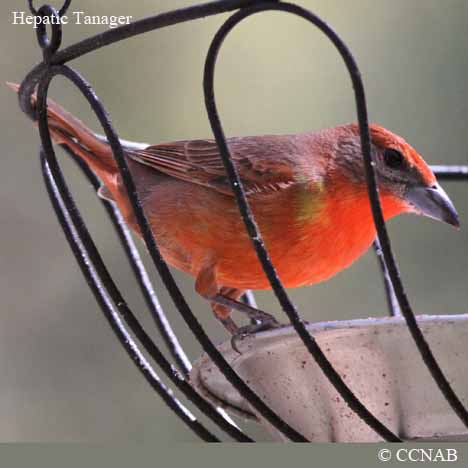
Species: The Hepatic Tanager (Piranga flava) lives in the coniferous and coniferous mixed deciduous forests that are found in the mid to higher elevation ranges of the mountains. In North America, it can be seen along the western states that border Mexico and the USA. Typically, it is an insect-eater during the summer months, with a fondness for bees, hornets and wasps. It is not unusual to see these birds feeding on fruit and gathering around birdfeeders in the winter months.
Distinctions: Sexually dimorphic, the male has a dark red body, dark bill, grey to purplish grey auriculars and back, black edges showing on its wings and tail. The female has a grey back, yellow throat and breast, with grey flanks. The juvenile is similar in appearance to the female.
Voice: Not a bird that sings mellow lyrics, but is recognized by its signal call notes.
Nesting: Three to five bluish-green eggs, with brown markings. Nest built on a limb, positioned away from the trunk, constructed with small branches, twigs and other forest materials.
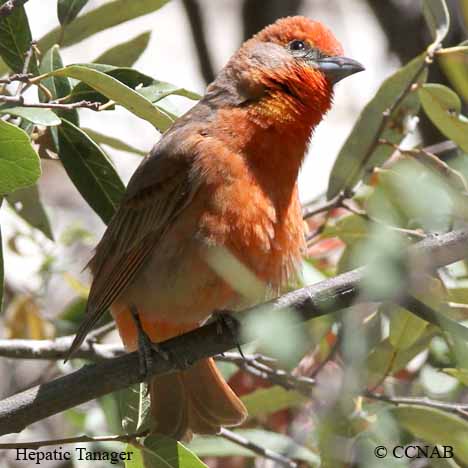
Life, Habitat & Pictures of North American Tanagers
| B L | W W | W | Family | Latin Name |
|---|---|---|---|---|
| 8" 20.3cm | 12.5" 31.7cm | 1.3 oz 36.8g | Cardinalidae | Piranga flava |
North American Bird Calls
- Click here
- Summer
- Year Around
- Winter
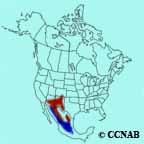
Distribution: Seen in mountainous areas, prefers coniferous-type forest or conifers mixed with oaks. Found from western Texas, west into New Mexico, touching southern Colorado, across the lower half of Arizona and eastern California. Portions of the population lives year-round in northern Mexico.
Reference to Other Bird Site:
ABA - American Birding Association This site represents an organization that maintains official records of all birds species that have been proven to have been seen inside the perimeters of the North American Continent and the surrounding bodies of water. Regular revised versions are posted to keep the bird list current at all times. This is the list used by all serious birders over their lifetime. You may be aware of the movie called the "Big Year". It was with this list that all the competing birders used in an attempt to set a new record as to how many bird species that could be seen by an individual birder in one calendar year.
